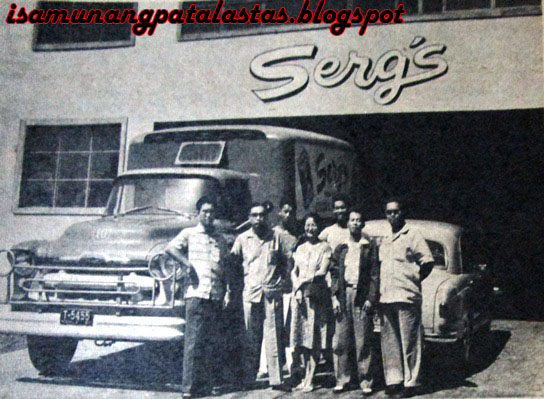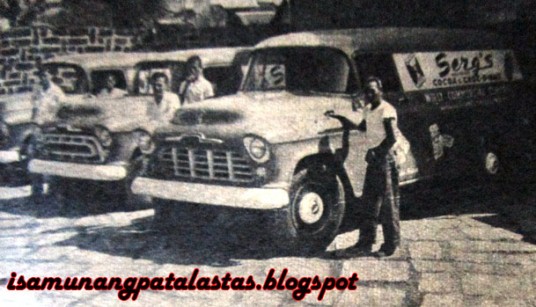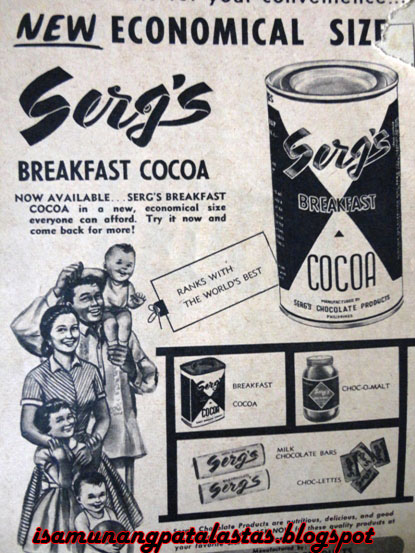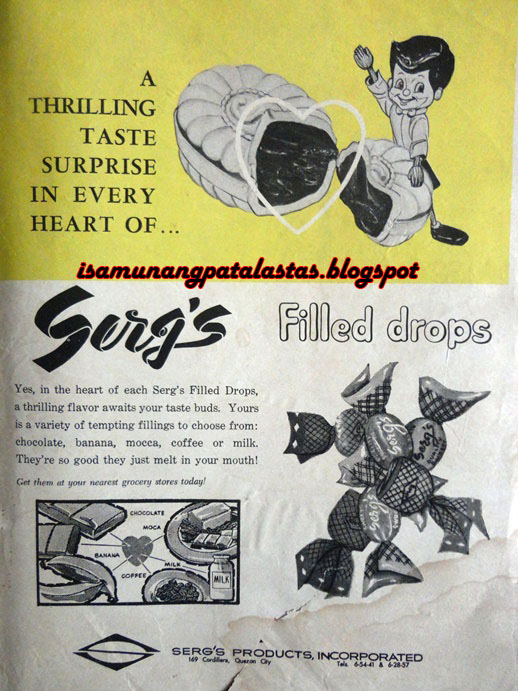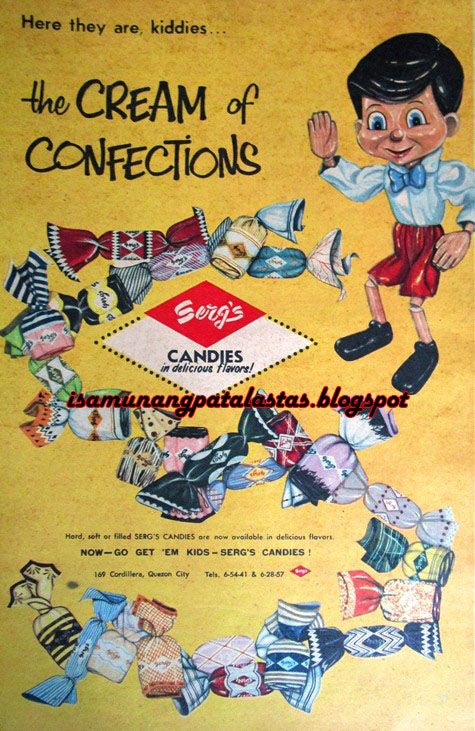Known as “the grand old dame of Baguio”, PINES HOTEL was one of the earliest
structures in the city center that were built between 1905-1910. The original
hotel was known as “Hotel Pines” that was erected in 1909 on what is now the
Gov. Pack Rd. area where the University of the Cordilleras (formerly Baguio College
Foundation) now stands. Regarded as the first tourist hotel of Baguio, it was
totally destroyed during the War.
The second, more well-known hotel—PINES HOTEL was built on Luneta Hill, which provided the most
modern accommodations for Baguio’s wealthiest visitors. Its construction involved
the employment of Japanese workers from Nagatomi Construction.
American
managers headed the new hotel, but in 1927, the first Filipino manager, Ciriaco
Z. Cuenco of Sta. Rita, Pampanga was installed, replacing the previous head, a
certain Mr. Best.
The “premiere resort hotel in the Orient”, surrounded
with pine trees and terraced gardens, was the exclusive place to be for weary
tourists to be in the 1930s.
The cluster
of wooden and stone buildings that overlooked Burnham Park was later rebuilt
and remodeled post-War, giving way to a modern, concrete building.
In the 1950s, PINES
HOTEL boasted of 144 rooms with private bath, and main facilities that include
the Ifugao Hall (Main Lobby), Bontoc Bar, Kankanai Tea Room, Kalinga Dining
Hall, and Cañao Ball Room. But even with these, the aging hotel struggled
keeping afloat given the rise of less expensive lodgings and newer hotels in
the city.
The government, which administered PINES HOTEL, later sold it to the Resort Hotel Corporation in 1968 for Php 6.8 Million. Legal disputes
hounded the sale, as the balance was not reportedly settled.
Thus, the new PINES
HOTEL, relaunched in 1969 became part of
a chain of hotels of the Resort Hotels
Corporation, along with Taal Vista Lodge, Hyatt Regency, Hotel Intercon,
Philippine Village Hotel, among others. By this time, it featured a Gold Dining
Room, Sadiwan Cocktail Lounge and Disco, Blue Fountain Coffee Shop and a
swimming pool.
On that fateful day of Oct. 23, 1984, a fire razed down the
popular mountain resort hotel—which by then had 4 stories and 423 rooms.
The deadly 6-hour fire left 4 people dead, including 2 Americans and
46 others, mostly vacationing World War II veterans who were there on a
nostalgia trip. PINES HOTEL was
totally gutted, and its destruction marked the passing of an era.
The property at Luneta Hill was subsequently foreclosed
and auctioned off by Development bank of
the Philippines, which was won by SM magnate, Henry Sy in 1988. In 2002, the SM
City Mall-Baguio was opened amidst controversies.




















